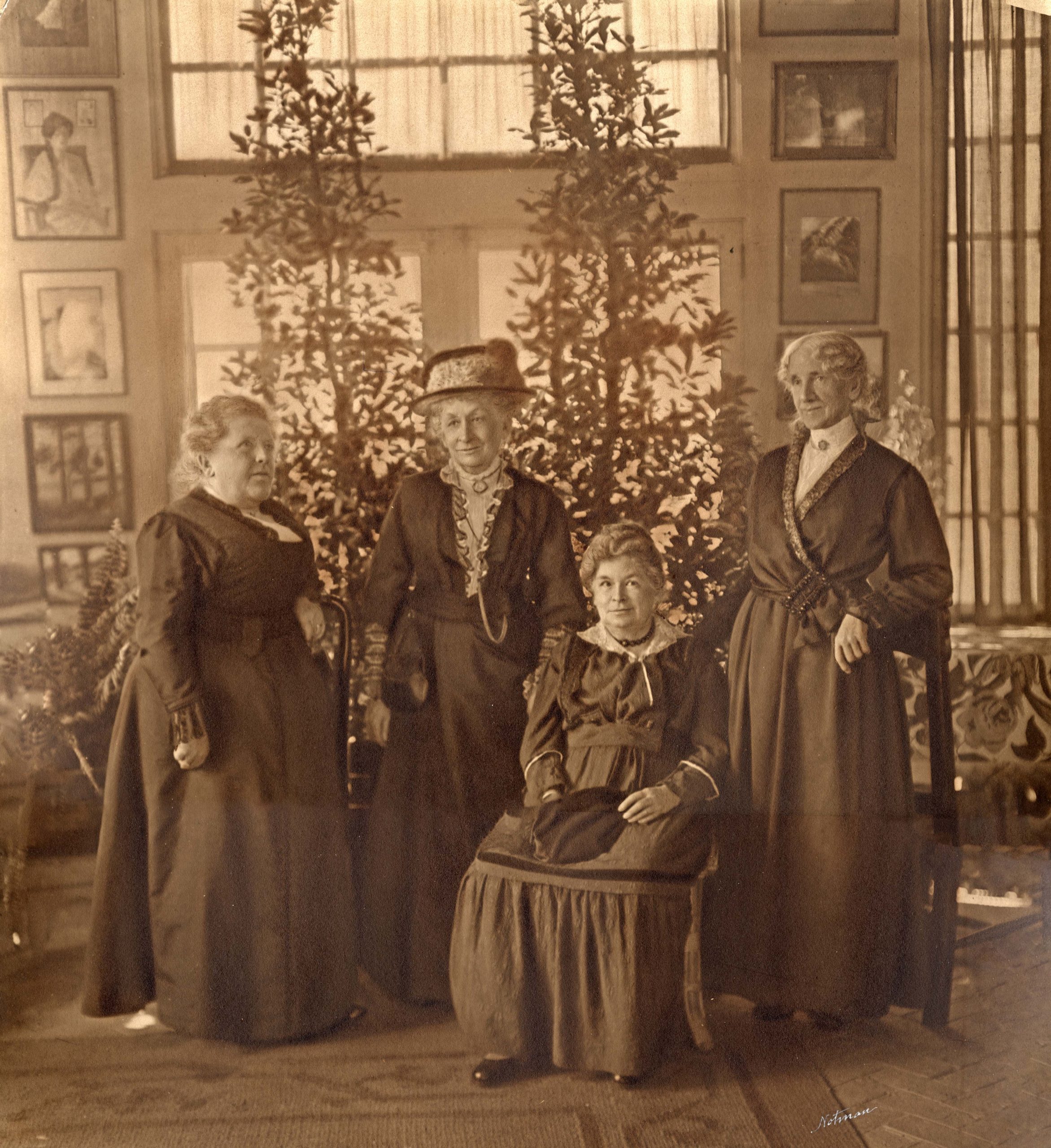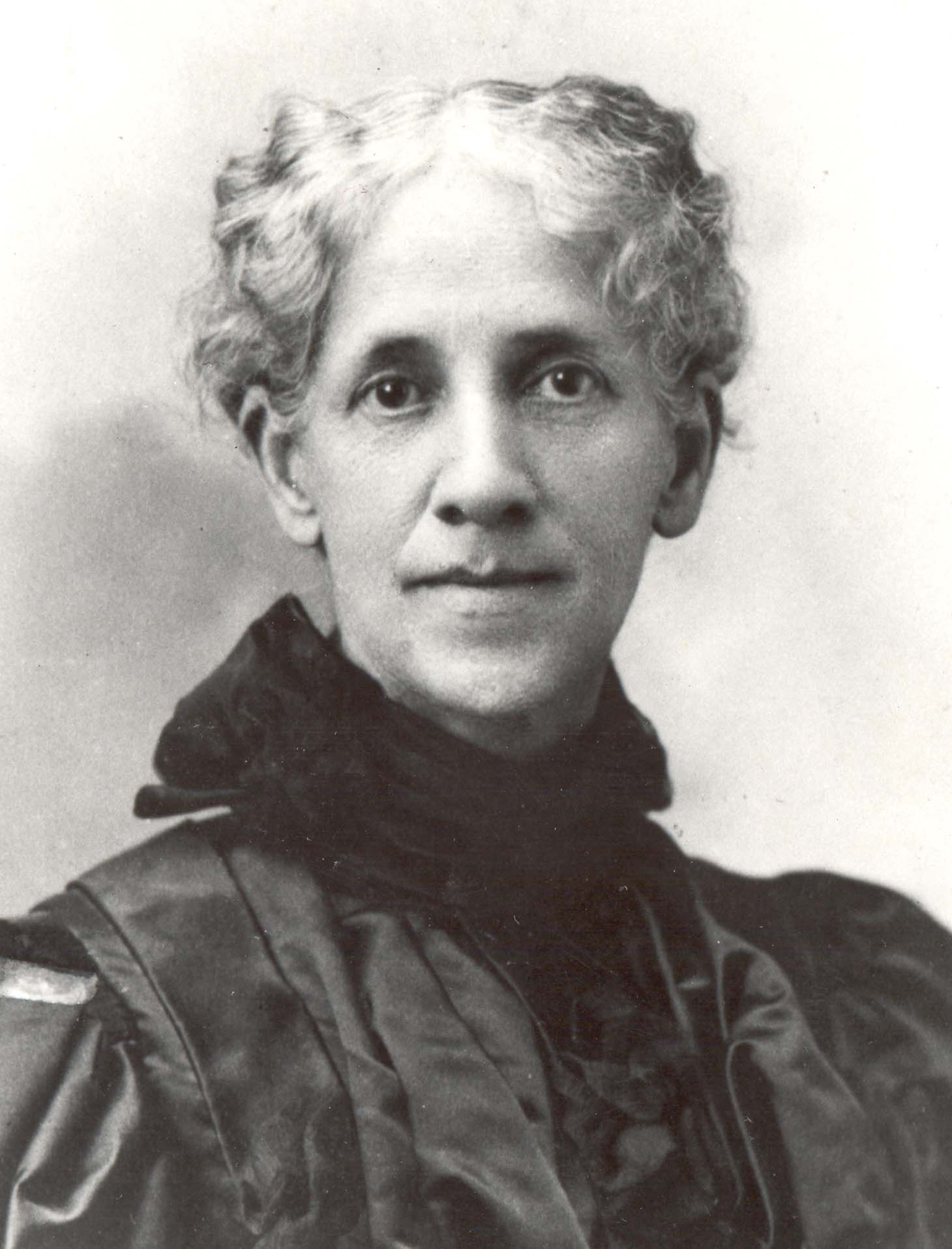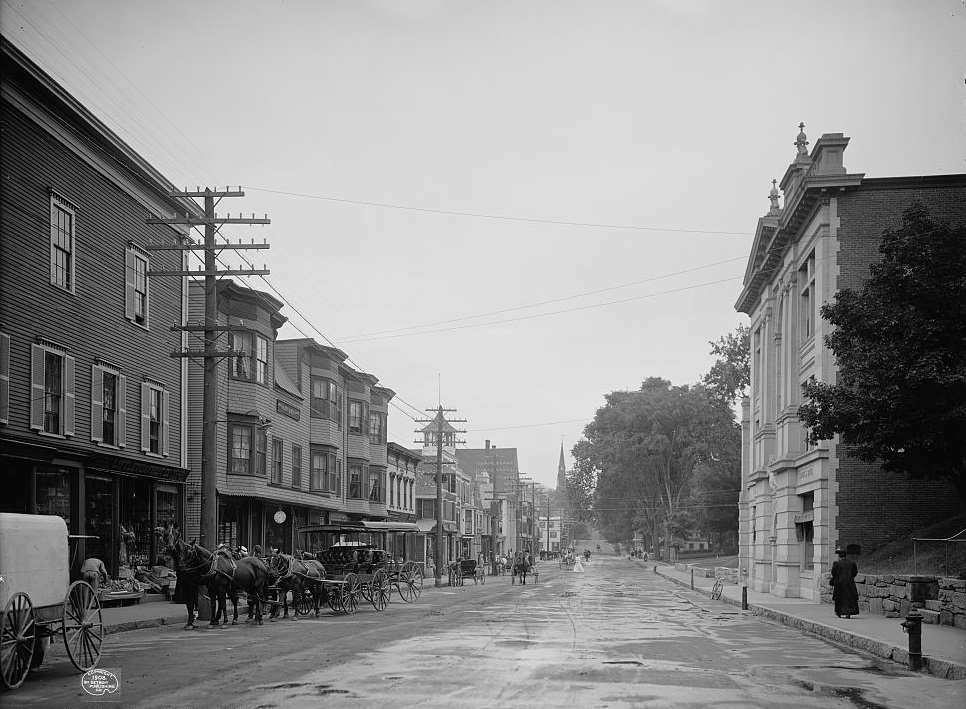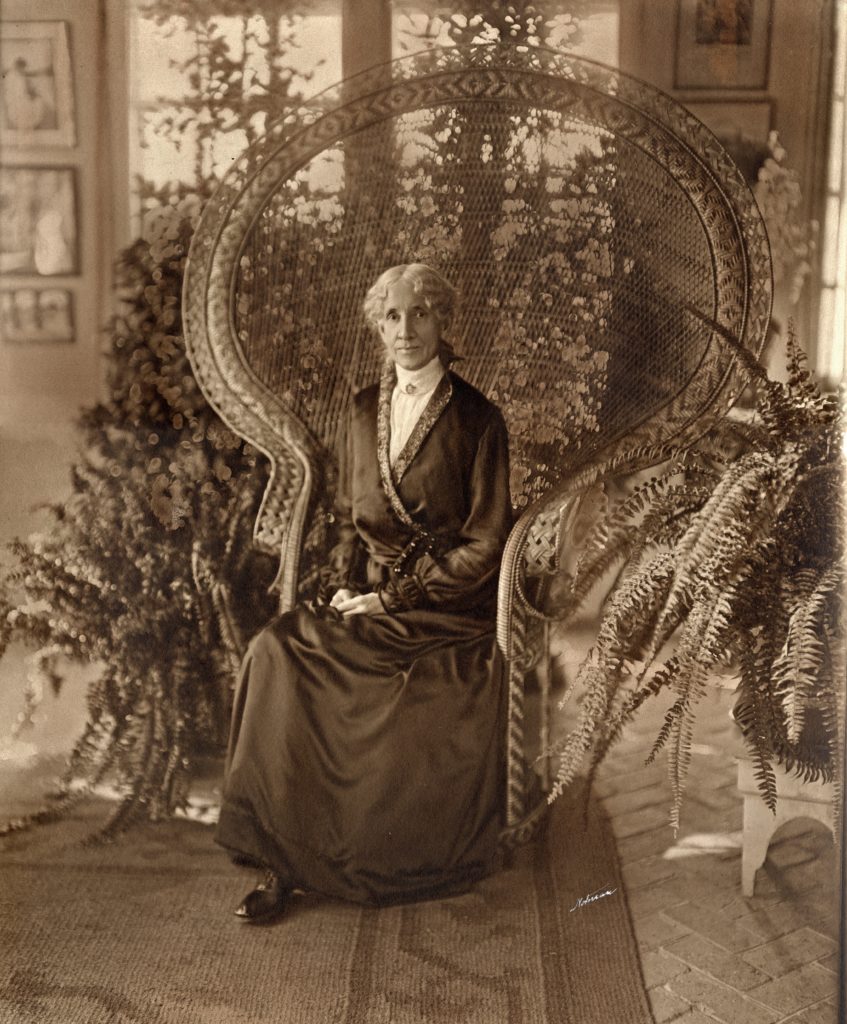
In November 1917, Mary Beecher Longyear and her husband, John, had been going through what she called in her diary “a severe trial,”1 when the thought came to her strongly that the history of Mary Baker Eddy and the Christian Science movement needed to be preserved. Searching Mrs. Eddy’s writings for guidance, Mrs. Longyear came to the statement that “Christian Science and Christian Scientists will, must, have a history.…”2
That was all Mrs. Longyear needed to hear. With characteristic vigor, she swung into action. The very next day she paid a visit to Janet Colman. Mrs. Colman had been one of 12 “First Members” who met at Mrs. Eddy’s direction in September 1892 to reorganize their Leader’s church as The First Church of Christ, Scientist. The group formalized the structure, elected 40 more members to their ranks, and ratified the Church’s tenets and governing rules. On that day, the reorganized church was born.
Now, in 1917, 25 years later, only four women remained of that original group of 12: Julia Bartlett, Ellen Clark, Janet Colman, and Mary Eastaman.3 Within days of her decision to collect and preserve Christian Science history, Mrs. Longyear called on each of them, to ask their cooperation in telling their stories and to solicit photographs and reminiscences. Before the end of the month, she also met with the Christian Science Board of Directors to inform them of her intention to help preserve this vital history of the movement.
Ten days after the meeting, she invited the four women for luncheon and discussion at her home in Brookline, Massachusetts. The venerable ladies who gathered around her table had stood by Mrs. Eddy through the early challenges of the 1880s and 1890s. Mrs. Longyear’s luncheon produced a plan of action and some memorable photographs. Her foresight lets us today see in this photo some of the earliest faces involved with the founding of The Mother Church.
Inspired by this image from that notable gathering, the following article kicks off a four-part series about these intrepid early workers who supported Mary Baker Eddy by demonstrating Christian Science through healing and by helping her establish its Cause.
Part 1: Julia Bartlett, C.S.D.

When she was photographed at Mary Beecher Longyear’s home in 1917, Julia Bartlett had persevered for nearly 40 years as a practitioner and teacher of Christian Science, pillar of the church, and friend to Mary Baker Eddy.
Miss Bartlett’s life story illustrates perfectly how Christian Science spread in widening circles from Mrs. Eddy’s teaching at the Massachusetts Metaphysical College.
Miss Bartlett’s happy childhood in Connecticut was brought to a heartbreaking end with the deaths, first of her father and then her mother, leaving six orphaned Bartlett children. At 16, Julia was the oldest. The youngest was only three. Miss Bartlett’s next years were difficult, spent helping to care for her siblings and attending boarding school, where she said she “was ambitious, standing high in scholarship,” but searching for “a truth beyond what I knew … and more and more there was a longing and reaching out for it, trying to find it.”4
Growing to womanhood, Miss Bartlett fell very ill. She recalled: “… at different times my life was despaired of by physicians….”5 For much of five years she was “shut out from the world … helpless on my bed.”6 In 1880, Miss Bartlett heard of Christian Science and read Mary Baker Eddy’s Science and Health.7 She sought help from the book’s author, who put Julia under the care of her husband, Asa Gilbert Eddy.
“I began to improve immediately,” Miss Bartlett reported. “I felt like one let out of prison.”8
Grateful and inspired, she promptly enrolled in a class with Mary Baker Eddy. In the cozy front parlor of Mrs. Eddy’s home in Lynn, north of Boston, Miss Bartlett was one of just three students.
Following the class, she returned to Connecticut to practice healing there. The next year, Mrs. Eddy asked her to establish herself in the Boston area. Miss Bartlett and a fellow practitioner went door-to-door offering the only pamphlet about Christian Science then in print, Christian Healing. “This was a bold measure for a timid, retiring person, costing many a struggle with self,” Miss Bartlett wrote, adding matter of factly, “not one came to us from this work.”9 However, her poster announcing Friday evening meetings to explain Christian Science soon began drawing listeners. In a short time, the parlor was overflowing with them. As the months progressed, she found herself busily treating some 30 patients a day.10 Word of the many healings spread.
The news eventually reached a physician in Littleton, New Hampshire, who recommended the new healing method to a Miss Tarbell, a patient he and other doctors had been unable to cure. The young woman had suffered for years with no hope. On that doctor’s advice, the Tarbells, father and daughter, traveled to Boston, where she received Christian Science treatment from Miss Bartlett. Within nine days, the young woman was well.11

When Miss Tarbell returned home, her healing became the talk of the town. Miss Bartlett promptly received requests begging her to bring Christian Science to Littleton. She agreed to go for a week. Townspeople prepared a public hall where she gave two well-attended talks and answered questions. When she finished, the audience crowded around her making appointments for treatment. Soon every minute of her day was filled from early morning to night.
Miss Bartlett stayed for a second week. Single-handed, she was seeing up to 70 patients a day.12 She wrote to Mrs. Eddy:
There is a perfect rush of patients…. It is God that is doing this work, but when it is done I shall be so glad to go home. It is late in the night. I have no time to eat drink or sleep.13

Shortly after she returned to Boston, Miss Bartlett was called to Vermont, where she had a similar experience. In one instance, a case of curvature of the spine, combined with heart trouble diagnosed as terminal, was healed instantaneously. Returning again to Boston, Miss Bartlett resumed assisting at the Metaphysical College. Several of those healed during this time would, in turn, go on to become Christian Science practitioners and teachers.
In August 1884, Julia was in the first Normal class taught by Mrs. Eddy at the College, and a month later opened the first class in Christian Science ever taught by a Normal class graduate. In 1892, Mrs. Eddy selected her as one of the 12 First Members, who met in Julia’s Boston rooms to effectuate the reorganization of The First Church of Christ, Scientist.14
As the original Mother Church was completed in December 1894, Mrs. Eddy replaced personal pastors with the impersonal pastor, the Bible and Science and Health with Key to the Scriptures. Julia served on the committee preparing selections for weekly Lesson-Sermons. On Sunday, January 13, 1895, one week after the dedication of the edifice, the first Lesson-Sermon read in The Mother Church was by Julia Bartlett.15
First in a four-part series. Part 2 features Janet Colman, C.S.D., and part 3, Ellen Clark, C.S.B., and part 4, Mary Eastaman, C.S.D.